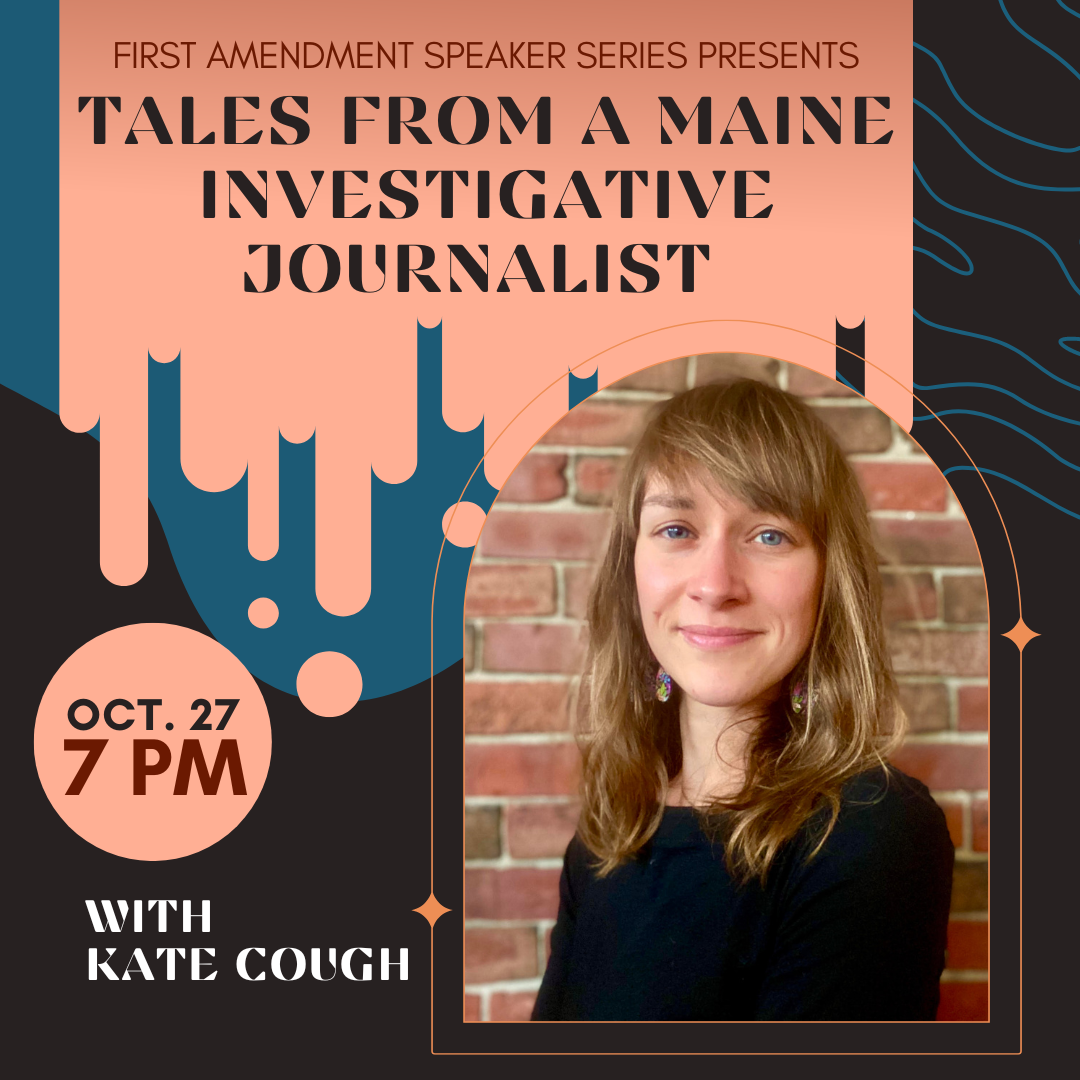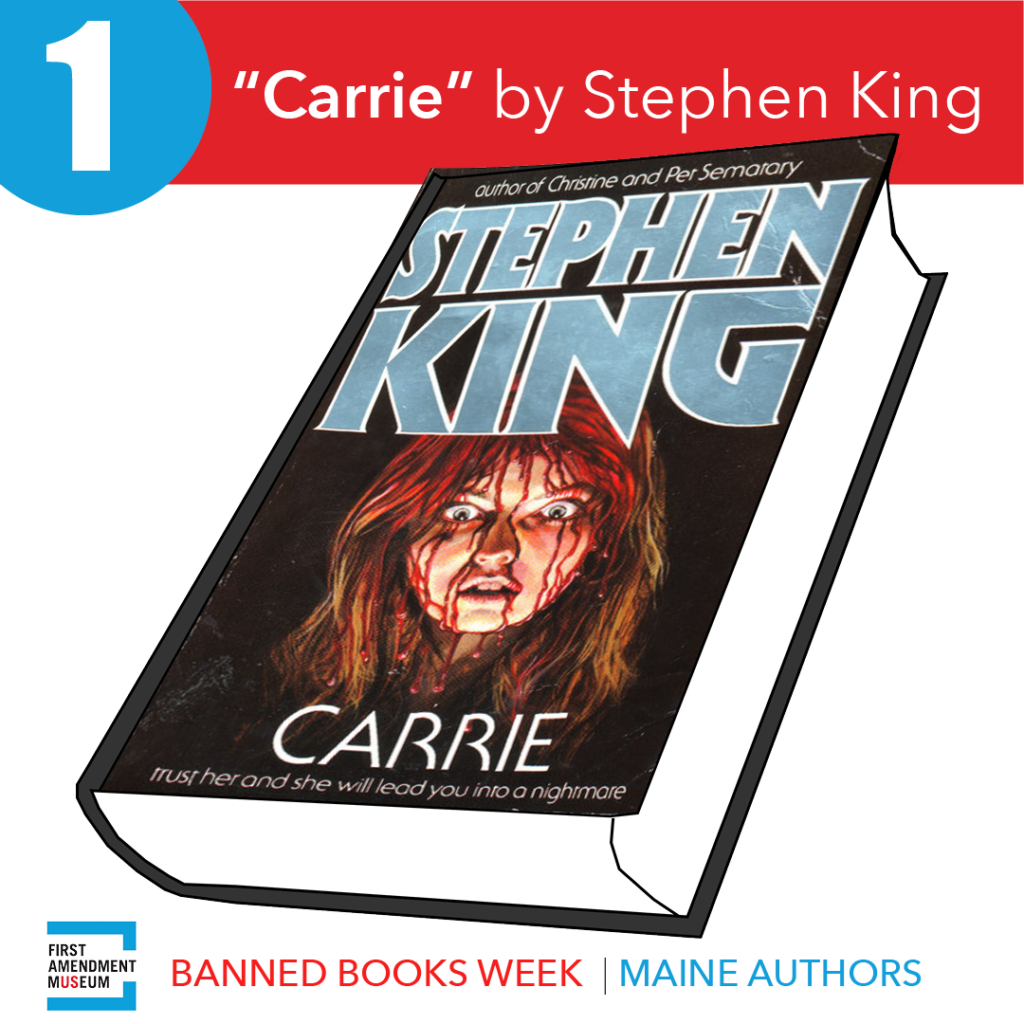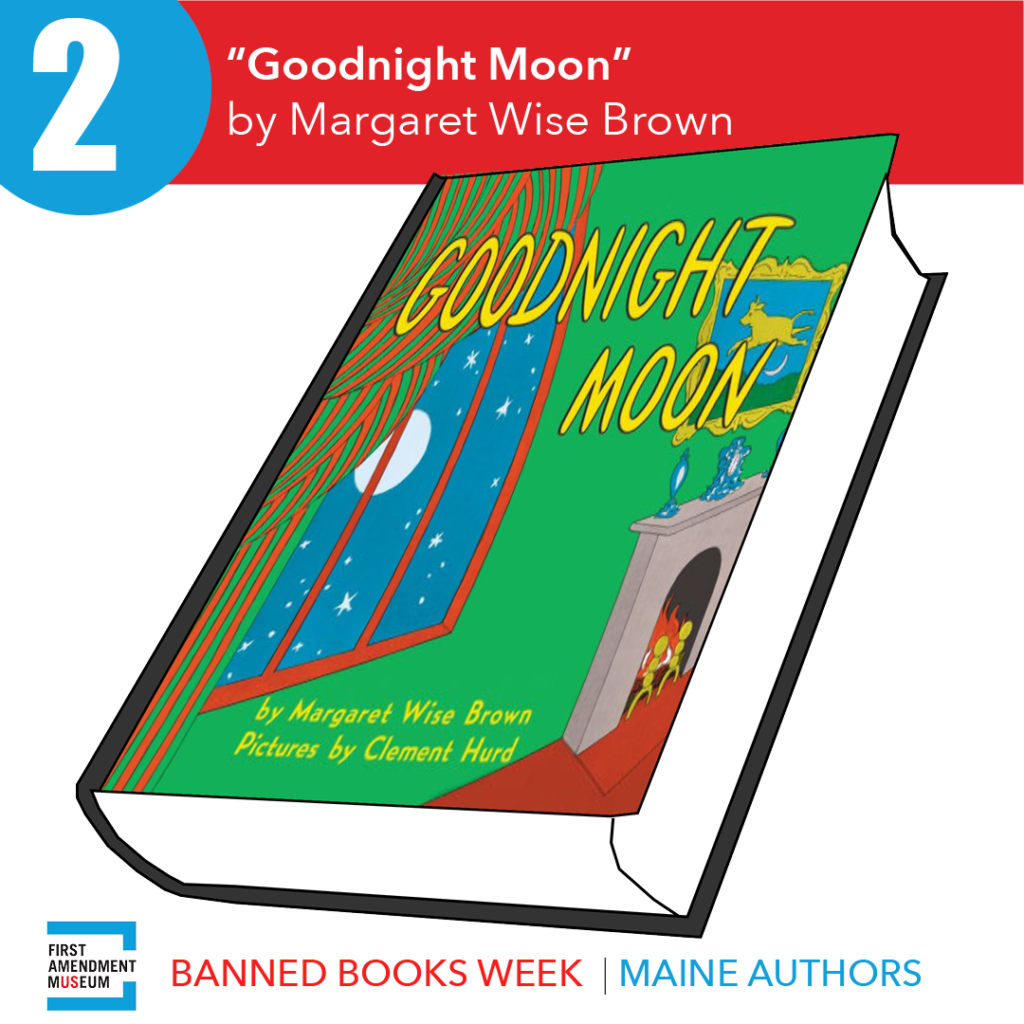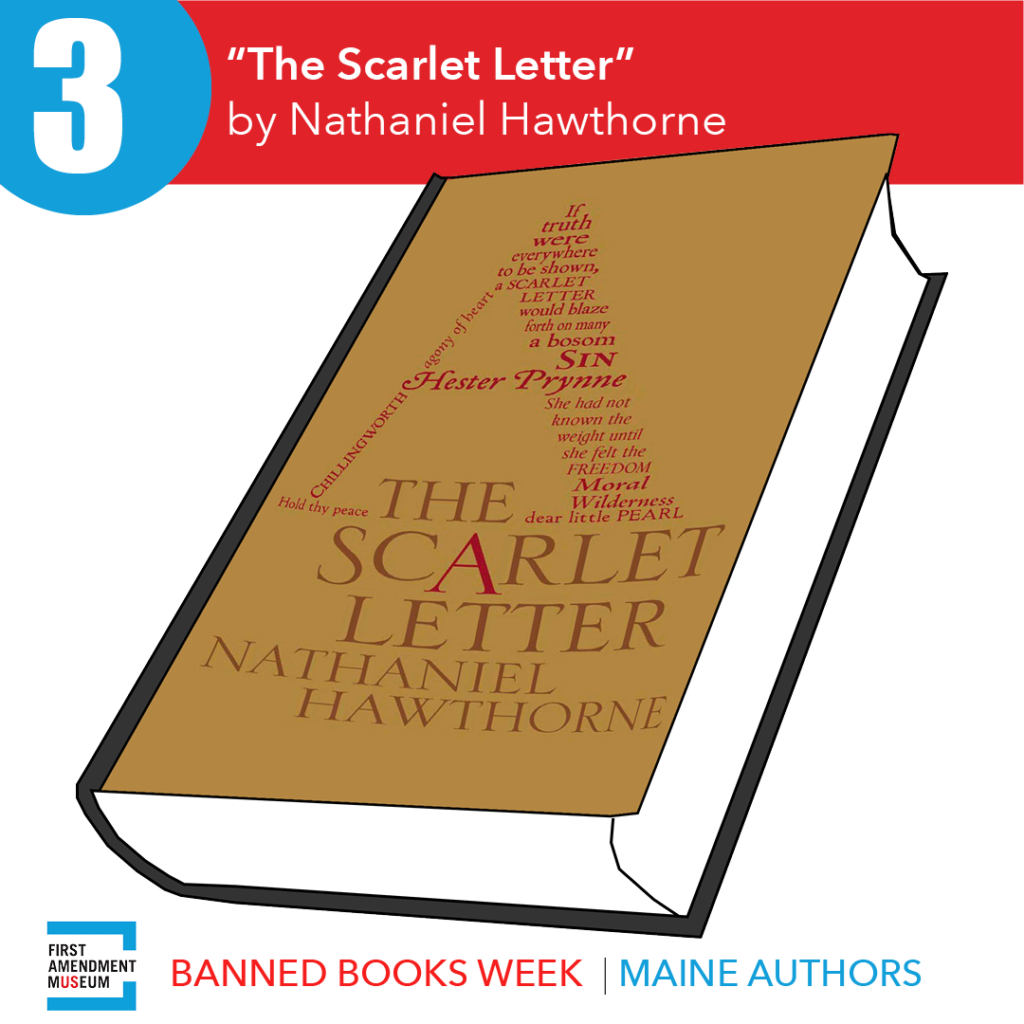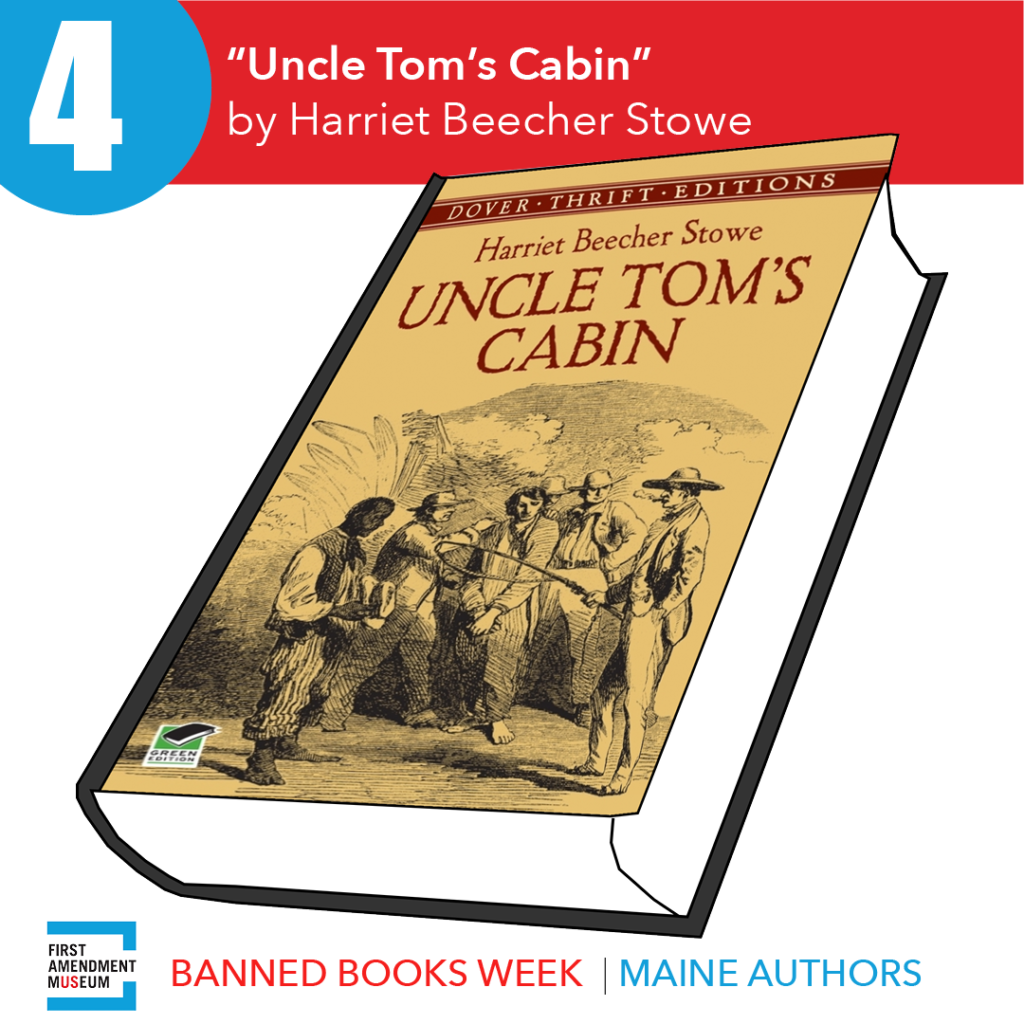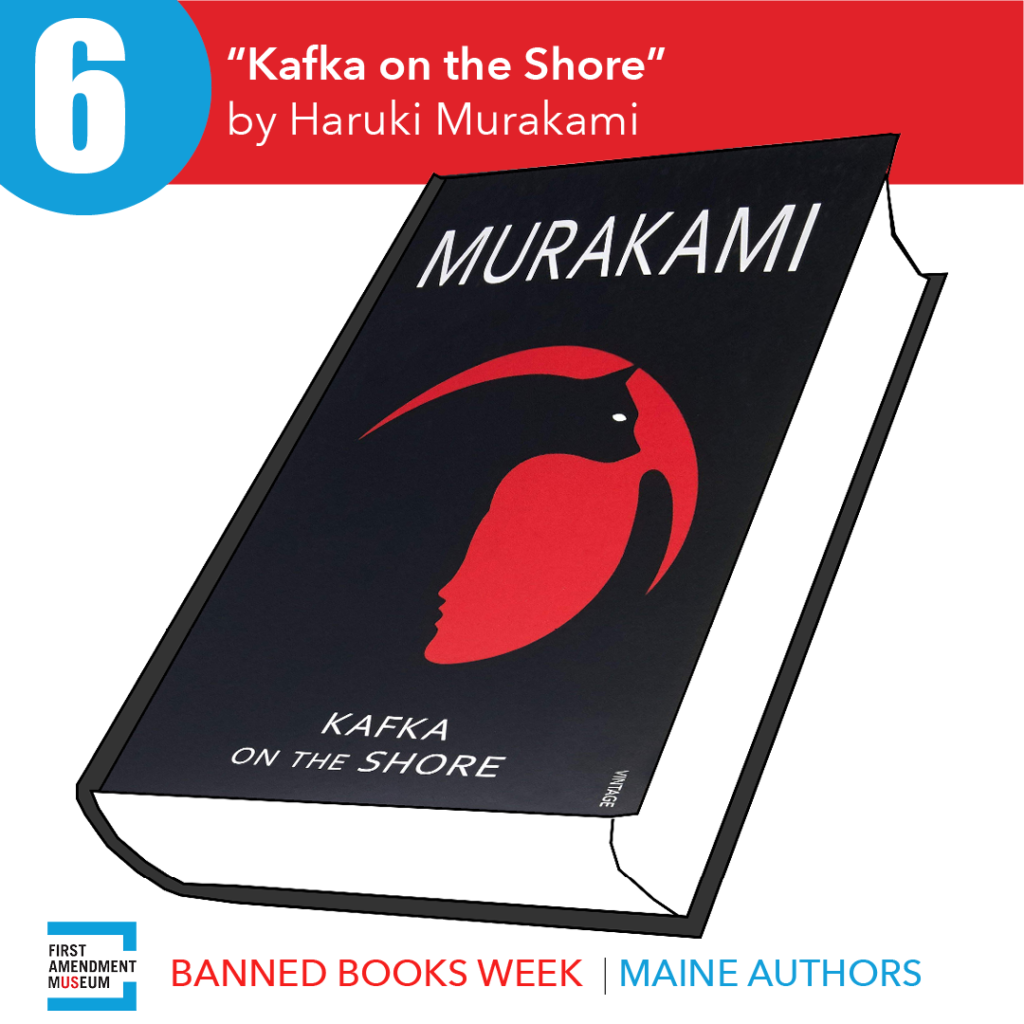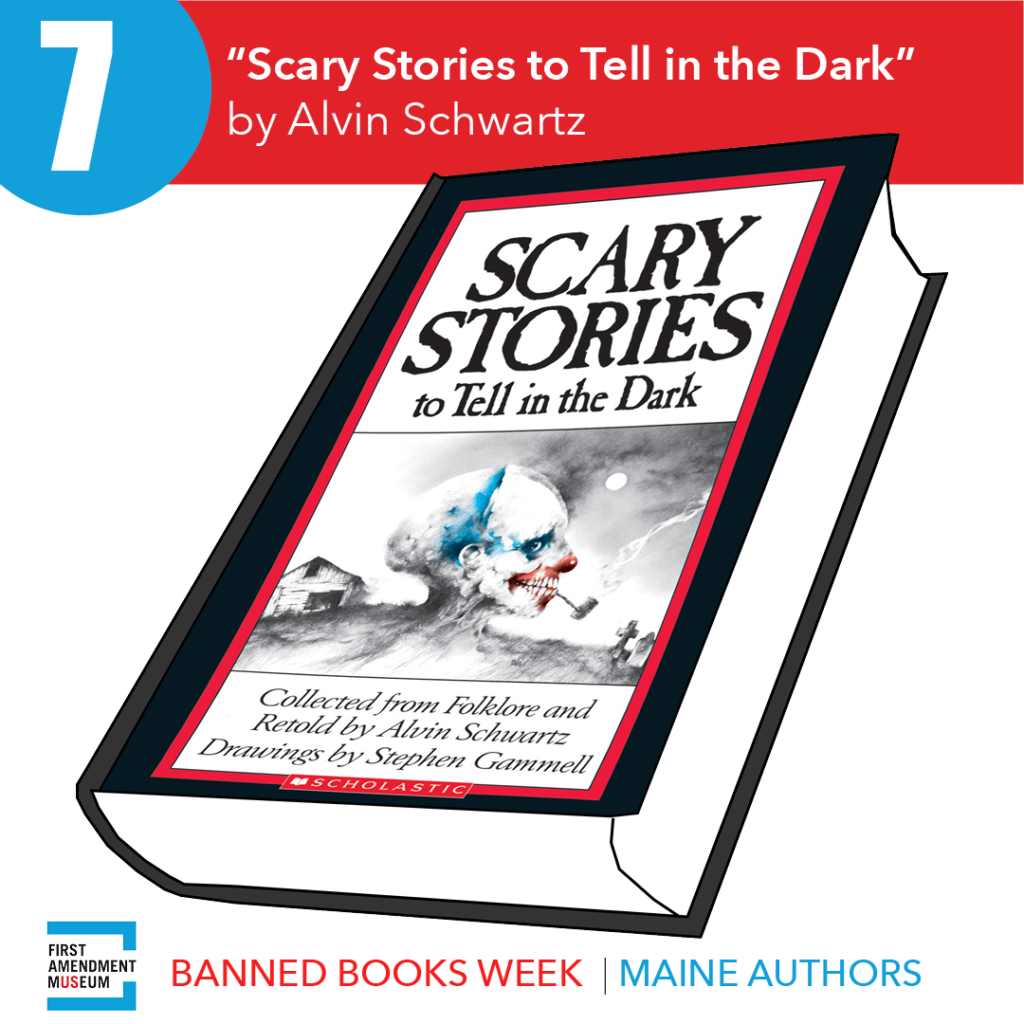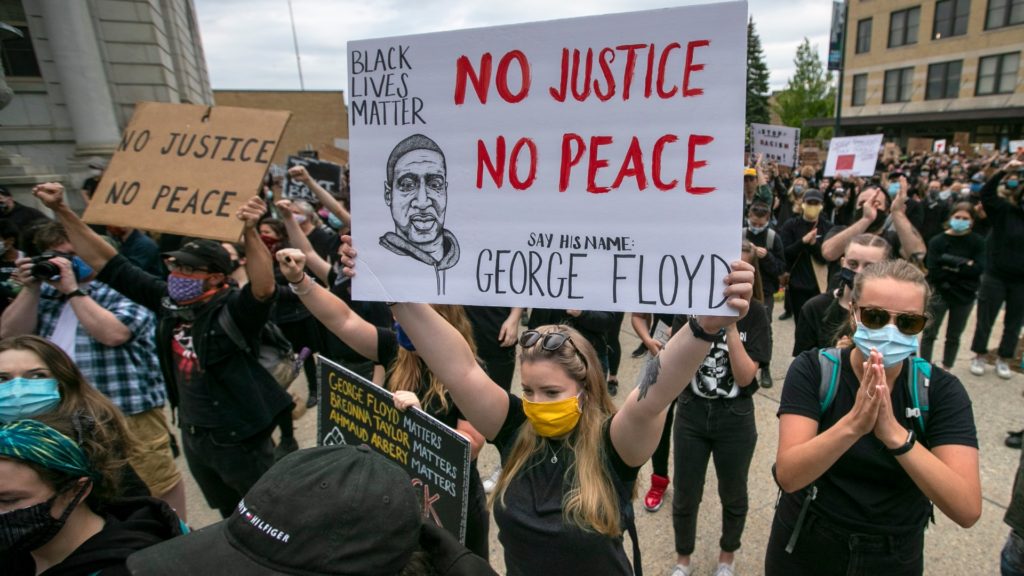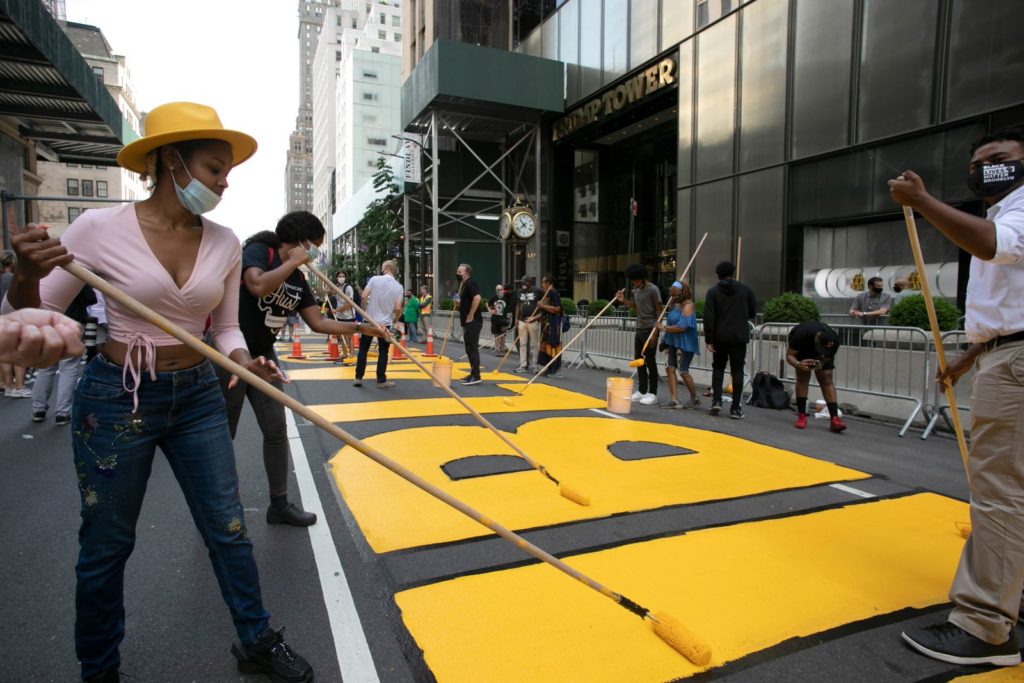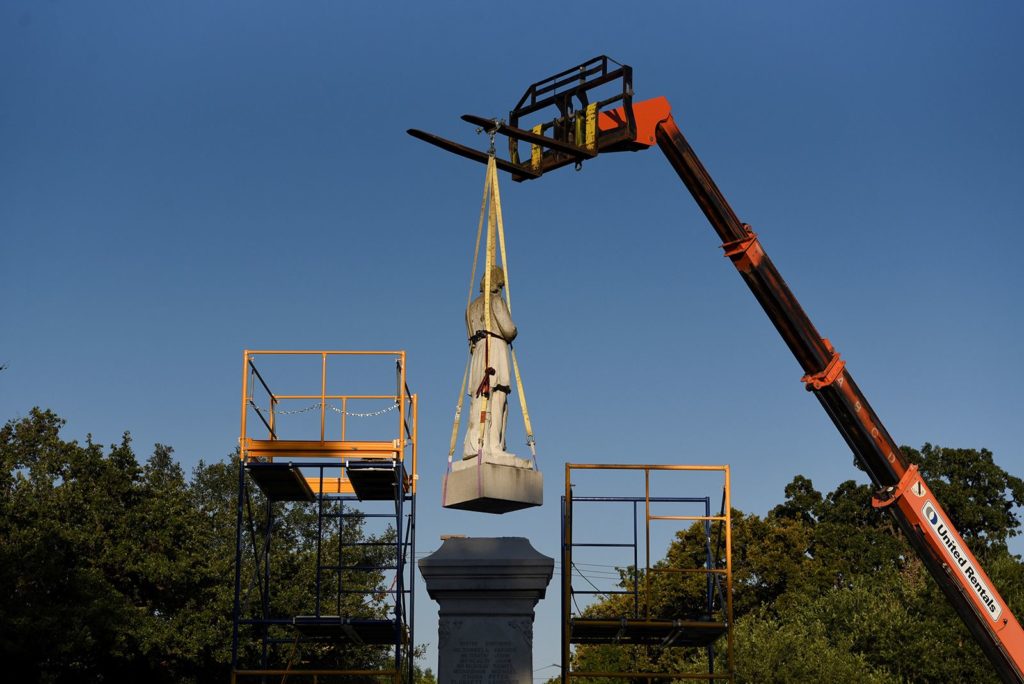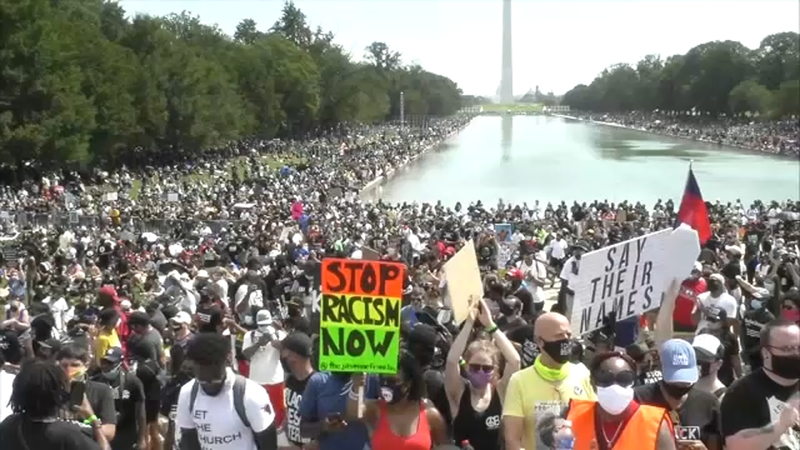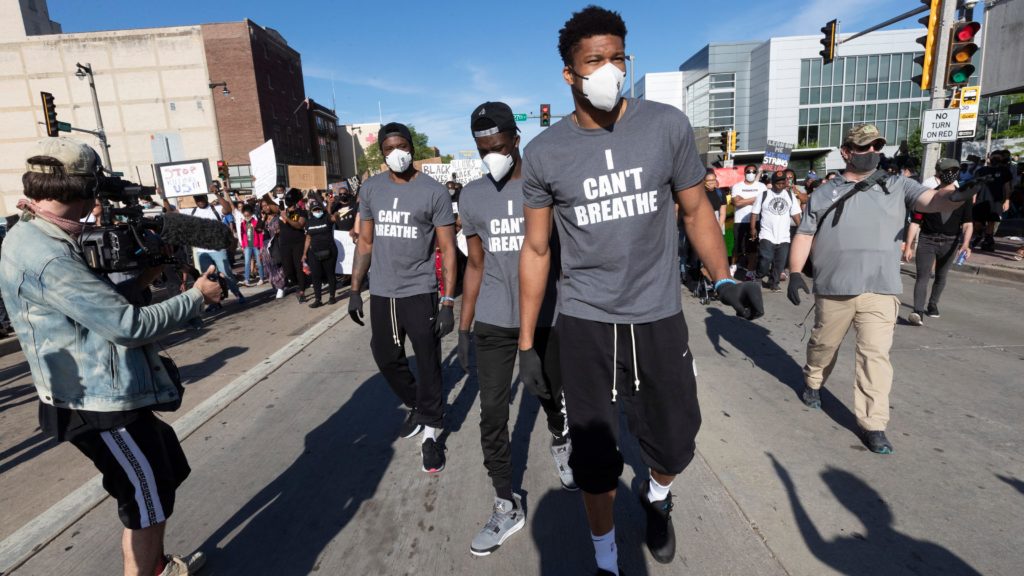Tales from a Maine Investigative Journalist

A Reporter for America corps member Kate Cough will share tales of her time as an investigative reporter in Maine.
When: Thursday, October 27
Time: 7:00 PM ET
Where: Online via Zoom

About Kate Cough
Kate Cough covers energy and the environment at The Maine Monitor as a 2021 Reporter for America corps member and writes the weekly Climate Monitor newsletter covering all things energy and environment in Maine. She was previously a reporter for The Ellsworth American before becoming the inaugural digital media strategist for The Ellsworth American and Mount Desert Islander.
Cough graduated with honors from Columbia University Graduate School of Journalism and Magna Cum Laude from Bryn Mawr College.


